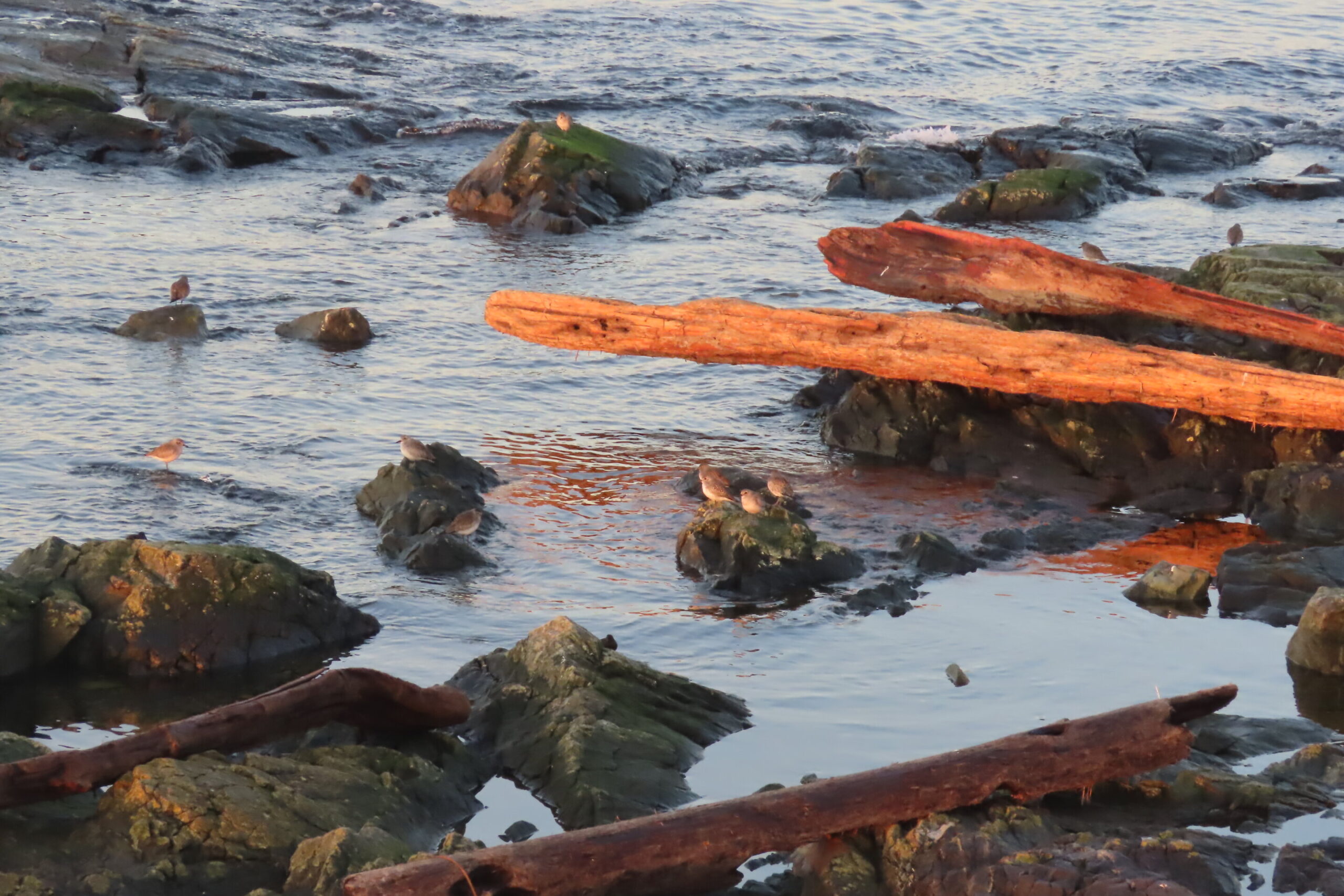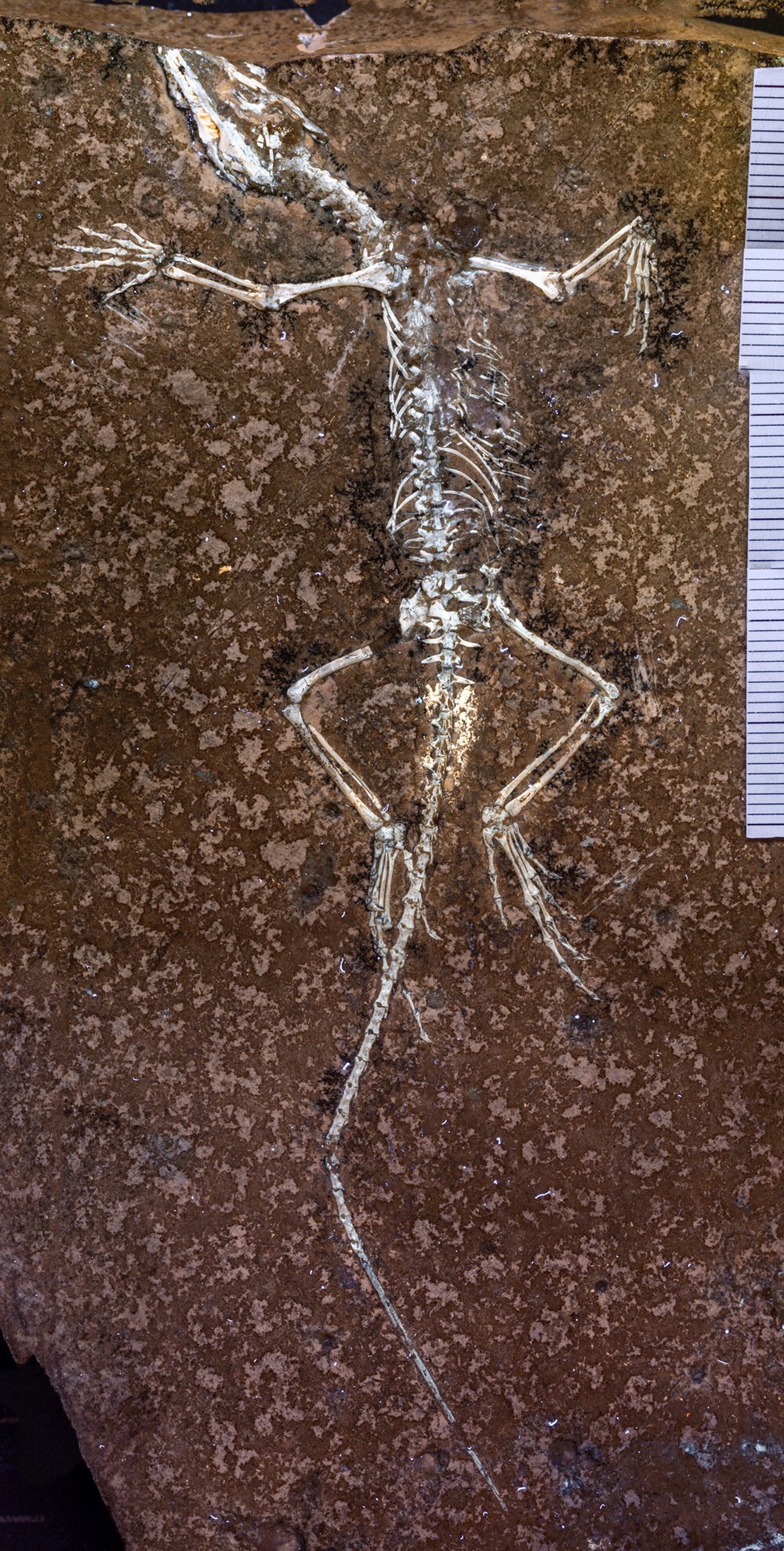Along the wave-polished shores of Vancouver Island and Haida Gwaii, the sight of stranded logs is so ordinary that most beachgoers barely notice them. Children climb over them, families lean against them while watching the tide, and hikers treat them as nature’s ready-made benches. They seem peaceful, even comforting. But a new study from the University of Victoria reveals that these quiet giants have been hiding a very different story.
“In this study, we looked at both the ecological impact of drift logs, and at log abundance and movement over time,” says UVic biologist Tom Reimchen. “Both aspects of the study had worrisome results.”
What looks calm on a summer afternoon becomes something else entirely when storms arrive. Logs that appear settled and harmless are not fixed in place at all. In fact, over the course of a year, more than 90 percent of them move. The research shows that storms send these heavy timbers grinding, scraping, and rolling over the rocky intertidal zones that line the coast. Their movement is neither gentle nor rare. It is frequent, extensive, and quietly destructive.
A Hidden Drama in the Intertidal
The stretch of shore between the highest tides and the lowest is a world that thrives through balance. Barnacles cling to rock surfaces, forming dense communities packed with life. In the tiny spaces between their shells, entire micro-ecosystems flourish: small invertebrates feed, hide, reproduce, and support the larger food web.
But in places where logs drift in and out with the seasons, this delicate world breaks apart. Reimchen found that populations of barnacles are dramatically lower—anywhere from 20 to 80 percent—on surfaces exposed to drifting logs compared with protected crevices. Even though new barnacles settle every year, they do not stand much of a chance. Each season, log movement wipes them away again.
The damage ripples outward. When the barnacle beds thin, the small creatures that depend on the spaces between them decline too. And as these invertebrates disappear, so does a crucial food source for the birds that rely on these shores.
Many shorebird species—including black oystercatchers, surfbirds, black turnstones, and rock sandpipers—depend on rocky intertidal zones to survive. Researchers suspect that the loss of barnacles and invertebrates due to log abrasion has likely contributed to the decline in these birds. Since 1970, some species have dropped by 50 percent.
“Drift logs cause persistent and cyclical damage to the intertidal environment along the BC coast,” says Reimchen. “And the problem has only gotten worse over the last century, as the number of drift logs along the BC coast has been steadily increasing.”
Following the Logs Back in Time
To understand how the coast reached this point, Reimchen and undergraduate students Esteban Pérez Andresen and Melanie Marchant turned to an unusual combination of tools: satellite imagery and old photographs. By piecing together visual archives spanning more than a century, they were able to measure how dramatically log abundance has changed.
What they found was startling. Drift logs have increased by 520 percent since the late 19th century. Even the most remote parts of the coast—places far from towns, roads, or industry—now hold as many logs as heavily developed areas. The researchers noticed something else too. More than 60 percent of the logs they examined showed signs of human origin. Even those considered “natural” may have started their journey because of logging-related landslides.
In short, these logs are not simply the result of natural forest cycles. They are a product of human activity, and they have been accumulating quietly for generations.
A Disturbance We Failed to See
For years, drift logs were treated as part of the scenery, perhaps even a helpful one. They were known to stabilize certain sandy banks and provide convenient places to sit. But the study reveals that their role in rocky intertidal zones is far more destructive than anyone realized.
The constant movement of logs acts almost like a slow, grinding storm—scraping away species that anchor the ecosystem and reshaping the food web that depends on them. It is not a one-time event but a repeating cycle, returning every storm season and erasing each new generation of barnacles before it can take hold.
Reimchen emphasizes the scale of this overlooked threat. “We need to recognize drift logs as a significant ecological disturbance, comparable to ice-scouring or heatwaves,” he says.
Why This Research Matters
The coastline of Western Canada is rich, rugged, and deeply alive. Its rocky intertidal zones support species that feed the ocean’s birds, nourish its ecosystems, and anchor the food chains that stretch far beyond the tide line. Yet a quiet, persistent disruption has been unfolding for more than a century, much of it fueled by human activity and much of it invisible until now.
This study reveals that drift logs are not harmless leftovers of storms and tides. They are powerful physical forces capable of reshaping entire ecosystems through repeated abrasion. Their rising numbers—driven by logging practices and increased human influence—have placed long-term pressure on key species such as barnacles and the small creatures that depend on them. And as those species decline, the effects reach higher into the food chain, affecting shorebirds already facing decades of population losses.
Understanding the role of drift logs matters because recognizing a problem is the first step toward solving it. Reimchen stresses the need for action. “It’s critical that we begin reducing the number of drift logs added to the marine environment and begin introducing conservation measures to protect organisms in the intertidal zone.”
The message is clear: what washes up on the shore does not simply stay put. It moves, it grinds, it transforms. And now that the hidden story of these logs has been uncovered, the future of the coast depends on what we choose to do with this knowledge.
More information: E. Pérez Andresen et al, Geographically Widespread Drift Log Destruction of Intertidal Communities on Rocky Shores of Western Canada, Marine Ecology (2025). DOI: 10.1111/maec.70054






